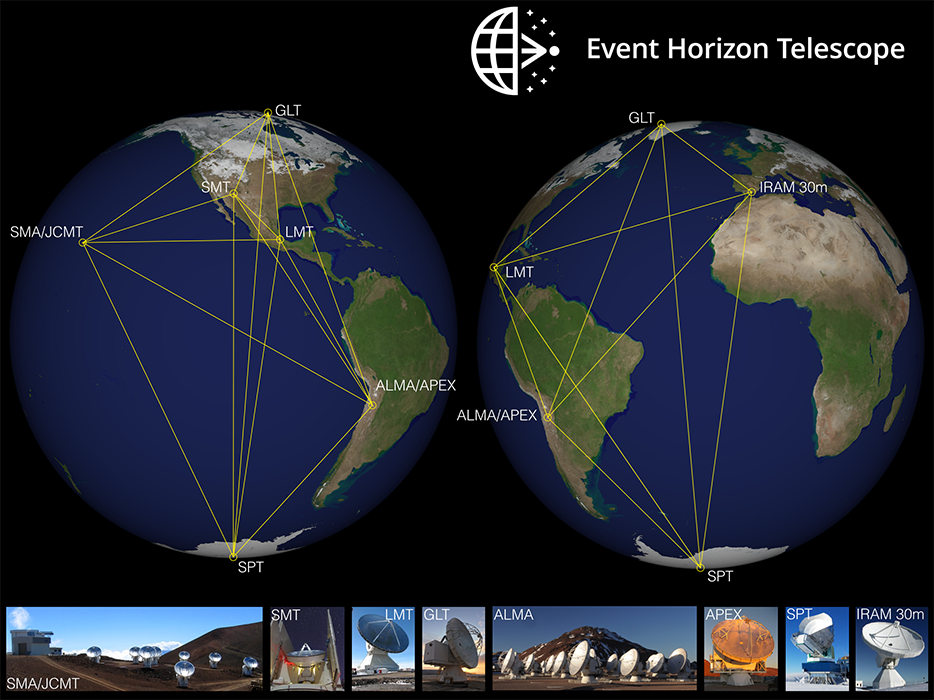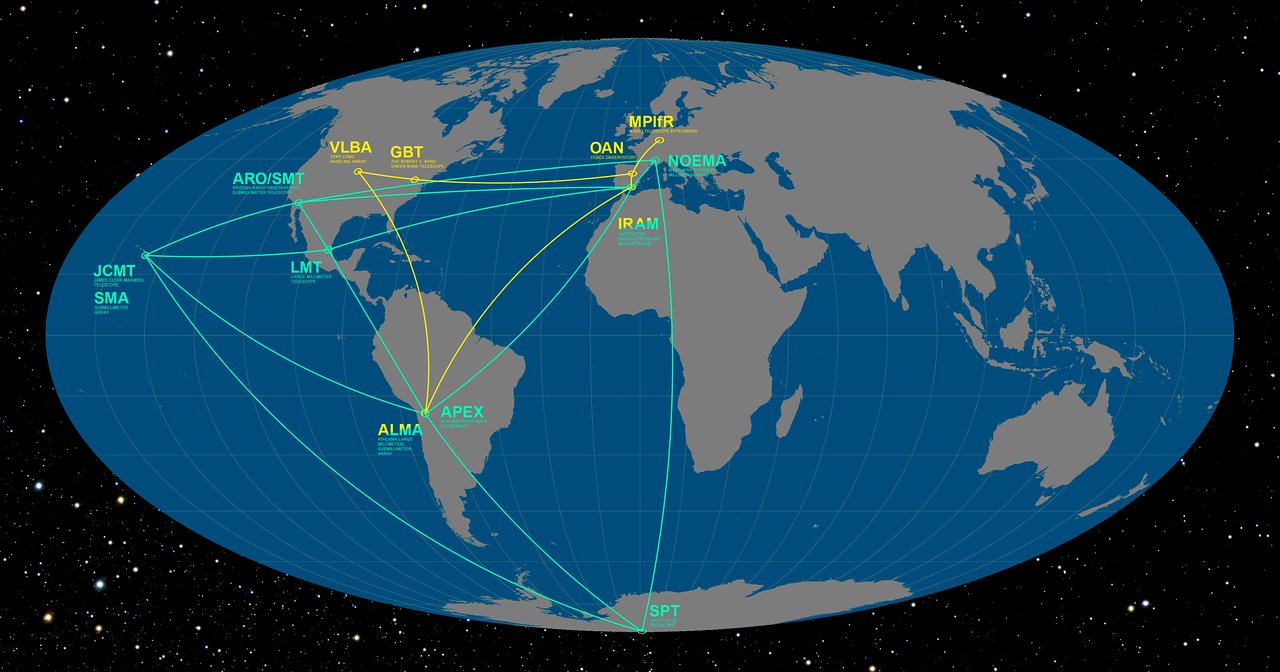

This process is not yet fully understood but is thought to play a key role in shaping the formation and evolution of galaxies.It is highly likely a big chunk of the increased resources will be soaked up in pay increases They have also begun to use the new data to test theories and models of how gas behaves around supermassive black holes.

Scientists are particularly excited to finally have images of two black holes of very different sizes, which offers the opportunity to understand how they compare and contrast. The image of the Sgr A* black hole is an average of the different images the team extracted, finally revealing the giant lurking at the centre of our galaxy for the first time. While M87* was an easier, steadier target, with nearly all images looking the same, that was not the case for Sgr A*. The researchers had to develop sophisticated new tools that accounted for the gas movement around Sgr A*. “This tells us that General Relativity governs these objects up close, and any differences we see further away must be due to differences in the material that surrounds the black holes.” Professor Sera Markoff, Co-Chair of the EHT Science Council based at the University of Amsterdam, said: “We have two completely different types of galaxies and two very different black hole masses, but close to the edge of these black holes they look amazingly similar. The two black holes look remarkably similar, even though our galaxy’s one is more than a thousand times smaller and less massive than M87*. The breakthrough comes three years after the EHT collaboration’s 2019 release of the first image of a black hole, M87*, at the centre of the more distant Messier 87 galaxy. The EHT observed Sgr A* on multiple nights, collecting data for many hours in a row, similar to using a long exposure time on a camera. To image it, the team created the powerful EHT, which linked together eight existing radio observatories across the planet to form a single “Earth-sized” virtual telescope. The EHT team’s results are being published today in a special issue of The Astrophysical Journal Letters.īecause the black hole is about 27,000 light-years away from Earth – roughly 158,722,884,990,000,000 miles – it appears to us to have about the same size in the sky as a doughnut on the Moon. Mr Bower, from the Institute of Astronomy and Astrophysics, Academia Sinica, Taipei, and University of Hawaiʻi at Mānoa, added: “These unprecedented observations have greatly improved our understanding of what happens at the very centre of our galaxy, and offer new insights on how these giant black holes interact with their surroundings.”
#Event horizon telescope cost full#
Opinion | Dog breed affects behaviour, and we need to acknowledge that in the American Bully XL debate 27 July, 2023 When the next full moon falls in August 2023, and why it's a supermoon 26 July, 2023 The latest mega-breakthrough on room-temperature superconductors is probably nonsense 26 July, 2023ĮHT Project Scientist Geoffrey Bower said: “We were stunned by how well the size of the ring agreed with predictions from Einstein’s Theory of General Relativity.” The project involved than 300 researchers from 80 institutes around the world that together make up the EHT Collaboration. “But now we have comprehensive findings and this work opens a new chapter in our understanding of black holes.”
It was especially challenging because of the haze of stars, dust, and gas in between Earth and the Galactic Centre, as well as the fact that the pattern of light from Sgr A* changed quickly, over the course of minutes. The new view captures light bent by the powerful gravity of the black hole, which is four million times bigger than our Sun.ĭr Younsi added: “Producing this image is the result of a monumental effort by hundreds of scientists over five years.

This strongly suggested the object – known as Sagittarius A*, or Sgr A* and pronounced “sadge-ay-star” – is a black hole, and today’s image provides the first direct visual evidence of it.Īlthough we cannot see the black hole itself, because it is completely dark, glowing gas around it reveals a telltale signature: a dark central region – called a “shadow” – surrounded by a bright ring-like structure. Scientists had previously seen stars orbiting around something invisible, compact and massive at the centre of the Milky Way.


 0 kommentar(er)
0 kommentar(er)
